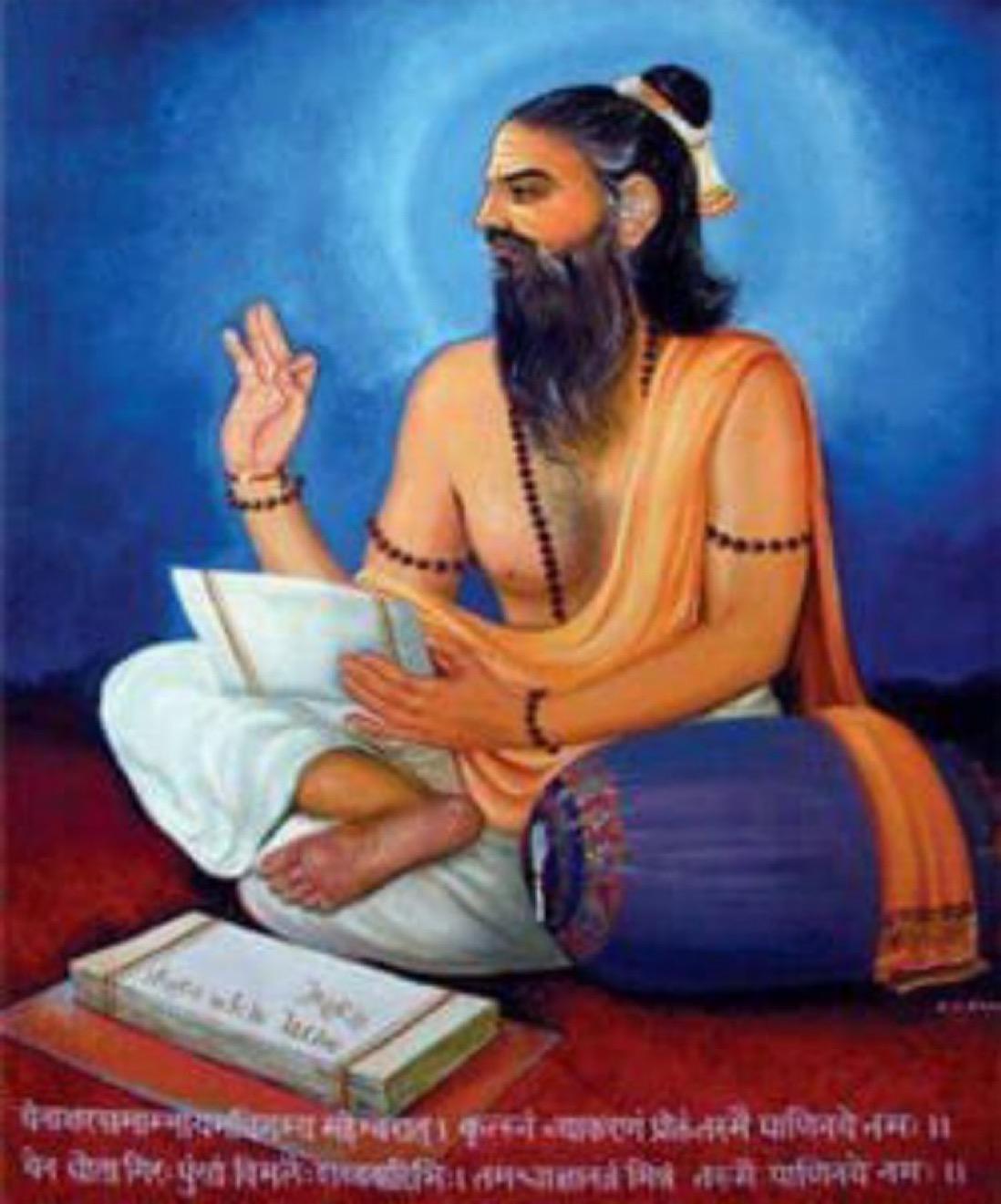Maharshi Panini

Maharshi Panini, also known as Panini, was an ancient Indian grammarian and linguist who is widely considered the father of Sanskrit grammar. He is believed to have lived in the 4th century BCE, although the exact dates of his life are not known with certainty.
Panini is known for his work on the Ashtadhyayi, an eight-chapter treatise on Sanskrit grammar. The Ashtadhyayi is considered one of the most important works in the history of linguistics, and it laid the foundation for the study of Sanskrit and other Indian languages.
The Ashtadhyayi is composed in sutra style, which means that it is written in a concise, aphoristic form. Each sutra is a rule or principle of Sanskrit grammar, and Panini organized these rules in a logical and systematic manner. The Ashtadhyayi is notable for its use of metarules, which are rules that govern the application of other rules, and for its comprehensive coverage of Sanskrit grammar.
Panini's work on the Ashtadhyayi was not only important for the study of Sanskrit, but also had an impact on the development of linguistics more broadly. His systematic approach to language analysis and his use of formal rules to describe language structures and processes influenced later linguists, including the medieval Arab grammarian Sibawayh and the modern linguist Noam Chomsky.
In addition to his work on the Ashtadhyayi, Panini is also credited with the development of the concept of matras, which are the fundamental units of sound in Sanskrit. He also developed a system of classifying nouns based on their gender, and his work on the declension of nouns and the conjugation of verbs was groundbreaking for its time.
Overall, Maharshi Panini's contributions to the study of Sanskrit and the development of linguistic theory have had a lasting impact on the field of linguistics and continue to be studied and appreciated today.
- Political Leaders
- Art & Crafts
- Dance & Music
- Sanatan Dharma
- Education & Training
- Food & Drinks
- Gaming
- Health & Fitness
- Home & Gardening
- Literature & Culture
- Love
- Medicine & Ayurveda
- Motors & Vehicles
- Movies & Cinema
- Parenting
- Politics
- Science & Technology
- Shopping
- Social Media
- Spirituality
- Sports
- War & History
- Yoga & Meditation
- Travel & Tourism
- Natural Disaster
- Business & Startups
- DIY & Home Decor
- Finance
- Personal
- News
- Pet Lovers
- Wild Life & Nature
- Podcast & Audio Books
- Poetry
- Law & Order
- Moral Stories
- Jokes & Humour
- Other

